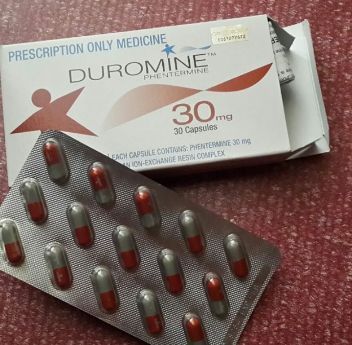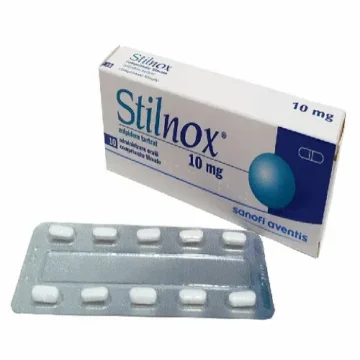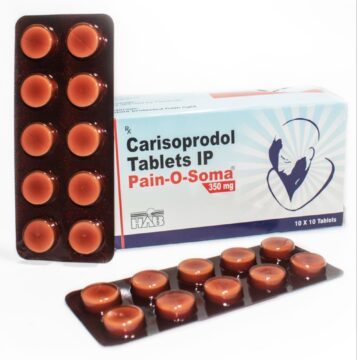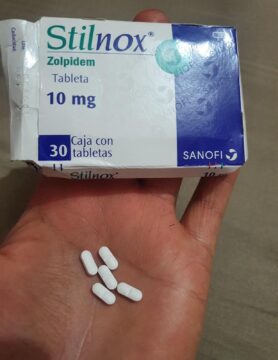- You have no items in your shopping cart
- Continue Shopping

When comparing 50mg Vyvanse vs Adderall, it’s essential to understand that both medications are prescription stimulants commonly used to treat ADHD (Attention Deficit Hyperactivity Disorder) and, in some cases, narcolepsy. While they belong to the same class of drugs—central nervous system (CNS) stimulants—they work differently, have varied durations of action, and can have different side effects depending on the individual. Here’s an in-depth comparison of the two to help you understand how each works at a 50mg dosage.
Shop Now: buy duromine
Vyvanse 50mg (Lisdexamfetamine)
Vyvanse, known generically as lisdexamfetamine, is a prodrug, meaning that it is inactive until it’s metabolized in the body. After being ingested, Vyvanse is converted into dextroamphetamine, which is the active stimulant component. This conversion process results in a smoother release of the drug over time, reducing the risk of peaks and crashes commonly associated with other stimulants like Adderall.
Key Features of Vyvanse 50mg:
- Longer-Lasting: One of the key differences between Vyvanse and Adderall is that Vyvanse provides a consistent therapeutic effect throughout the day, lasting up to 14 hours. This can be beneficial for those who need sustained focus and attention.
- Less Potential for Abuse: Because Vyvanse needs to be metabolized in the body to become active, it has a lower potential for abuse compared to some other stimulants, including Adderall.
- Gradual Onset: Vyvanse tends to have a slower onset than Adderall, meaning its effects build gradually, which can result in a smoother experience without sudden “jolts” of energy or focus.
- FDA-Approved for Binge Eating Disorder: In addition to treating ADHD, Vyvanse is also FDA-approved to treat moderate to severe binge eating disorder (BED), which is an important distinction from Adderall.
Common Side Effects of Vyvanse 50mg:
While Vyvanse is generally well-tolerated, common side effects include:
- Dry mouth
- Loss of appetite
- Insomnia
- Increased heart rate
- Irritability or anxiety
These side effects are similar to other stimulants but tend to be more moderate due to the smooth release of the medication.
Adderall 50mg (Mixed Amphetamine Salts)
Adderall, on the other hand, is a combination of four different amphetamine salts, which include both dextroamphetamine and levoamphetamine. It works by increasing the amount of certain neurotransmitters in the brain, like dopamine and norepinephrine, which helps improve focus, attention, and impulse control.
Key Features of Adderall 50mg:
- Immediate Release and Extended-Release Formulations: Adderall is available in both immediate-release (IR) and extended-release (XR) versions. The immediate-release formula works quickly and lasts 4 to 6 hours, while the extended-release can last 10 to 12 hours.
- Stronger Immediate Impact: For those needing fast results, Adderall’s immediate-release formulation can start working within 30 to 60 minutes, providing a quick boost in focus and energy.
- Higher Abuse Potential: Adderall has a higher potential for abuse compared to Vyvanse due to its more immediate and powerful effects. It can be crushed, snorted, or injected to create an immediate high, which makes it more susceptible to misuse.
- Better for Shorter Tasks: Individuals who require short bursts of focus or need flexibility in managing symptoms throughout the day may find Adderall more suitable, especially with its immediate-release option.
Common Side Effects of Adderall 50mg:
- Elevated blood pressure
- Insomnia
- Nervousness or restlessness
- Weight loss
- Headaches
- Potential for addiction or dependence
The intensity of side effects can vary depending on whether you’re using the immediate-release or extended-release version of Adderall.
Comparing the Effects: Vyvanse vs Adderall at 50mg
Duration of Action:
- Vyvanse is known for its long-lasting effects, which can last up to 14 hours. It’s typically taken once a day in the morning. This long duration is useful for those who need all-day symptom control.
- Adderall, in its extended-release form (XR), can last up to 12 hours, but the immediate-release form only lasts about 4-6 hours, making it necessary for some people to take multiple doses throughout the day.
Onset of Action:
- Vyvanse has a slower onset because it needs to be metabolized by the body before it becomes active. This means the effects are more gradual and sustained.
- Adderall, especially in its immediate-release form, works much faster, often within 30 minutes to an hour, providing a quicker impact.
Potential for Abuse:
- Vyvanse’s prodrug formulation makes it less prone to abuse since it needs to be metabolized in the digestive system before becoming active. It can’t be crushed or snorted to produce a high.
- Adderall, particularly the IR version, has a higher risk for misuse because it can be taken in ways that bypass the intended slow release of the drug, leading to an immediate and intense effect.
Which is Better for You?
Choosing between 50mg Vyvanse and Adderall largely depends on individual needs and how your body responds to each medication. If you require long-lasting symptom control with a lower risk of crashes and side effects, Vyvanse may be the better choice. However, if you need a medication that offers flexibility in dosing or a more immediate effect, Adderall might be more suitable.
It’s crucial to consult with a healthcare professional when deciding between Vyvanse and Adderall. Your doctor will assess your symptoms, medical history, and response to treatment before making a recommendation.




